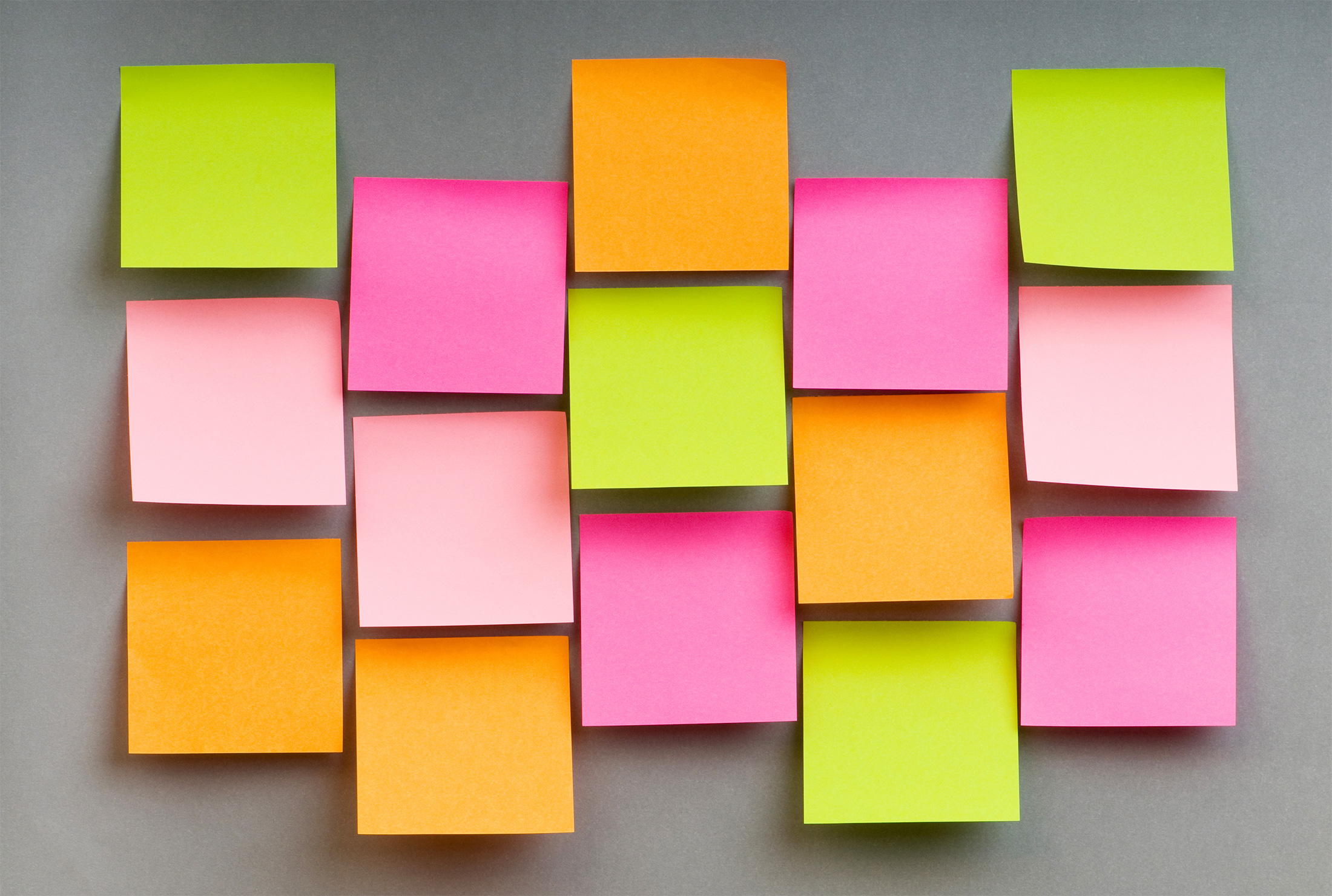Reimagining Your Signature Event
Key Takeaways:
- Experimentation is the key to reimagining events.
- When reinventing your event, start with small ideas and go from there.
- Carving out event tracks for reinvention can help keep you focused.
Reinvention is never entirely about recreating something wholly new. Instead, reinvention is a process that can take time—but it’s a process that’s often necessary to evolve in a quickly changing environment.
In a recent presentation, Matthew Homann, founder and CEO of Filament LLC, expressed a similar sentiment when discussing the basics of reimagining your signature event. What reimagination requires is experimentation, which Homann knows something about.
Sharing his innovation methodology, Homann noted, it’s a bit tongue in cheek and comes from the chorus in the children’s song, “Old MacDonald.” The basic tenets of the methodology? Explore, Ideate, Experiment, Iterate, Optimize—or, E-I-E-I-O.
Honing in on the experiment portion of the methodology, Homann added that experiments should be something that can be done fast, cheaply, and with a handful of people. Experimentation shouldn’t be so big a lot of people notice, but people will learn from it. From there, if it gets bigger, it turns into a pilot. And a handful of pilots turn into a project and eventually evolve into an initiative. But let’s not get ahead of ourselves.
Because first, you have to experiment.
So, how do we get more ideas so we can do more experiments before we spend all this money on a huge initiative? Use the methodology Homann calls Easy, Hard, Safe & Crazy to get your team involved in the process. People tend to underestimate the novelty of their ideas, he noted, and by setting it up this way you ensure that your team will share their ideas no matter how simple (or crazy) the idea may seem. And start small. The idea surrounding the experiment could be as simple as, how do we make our vendors 5% happier?
Using the framework that Homann shared, he said start by asking your team to come up with a couple of experiments surrounding a specific event. Give your project a cool name and go into it with this understanding: “You can’t learn a lesson from an experiment you don’t have. And if there’s failure in that experiment, that’s still a lesson that moves you forward,” he said.
No matter how big your event is and no matter how many people are engaging, you have to get good at experiments before you can do a lot of experiments, he added. You shouldn’t try to reimagine the entire event all at once, he noted. To stay focused, Homann and his team carve out a lab track that’s focused on collaboration.
So what can this look like?
Lab tracks can be invitation only to get people excited, and you can team up with your partners to design it. You could have a Powerpoint-free session, ditch the TED Talk, problem solve with attendees at a social event (instead of focusing on alcohol and food), double up in the exhibit hall, or lend out your speaker for timed one-on-one discussions with attendees. There are many ways to reimagine events, but it starts with experimentation.
“Spend as much time learning from each of these experiments, talk about them as quickly as possible, learn from them rapidly, and do them again—iterate,” Homann said.
Looking to reinvent your signature event? Develop and adapt a business-focused end-to-end event strategy for any event regardless of type or complexity in the six-week Advanced Event Design & Strategy online certificate course.


